Home>Ideas and Tips>Smart Window Sensor Installation for Enhanced Home Security
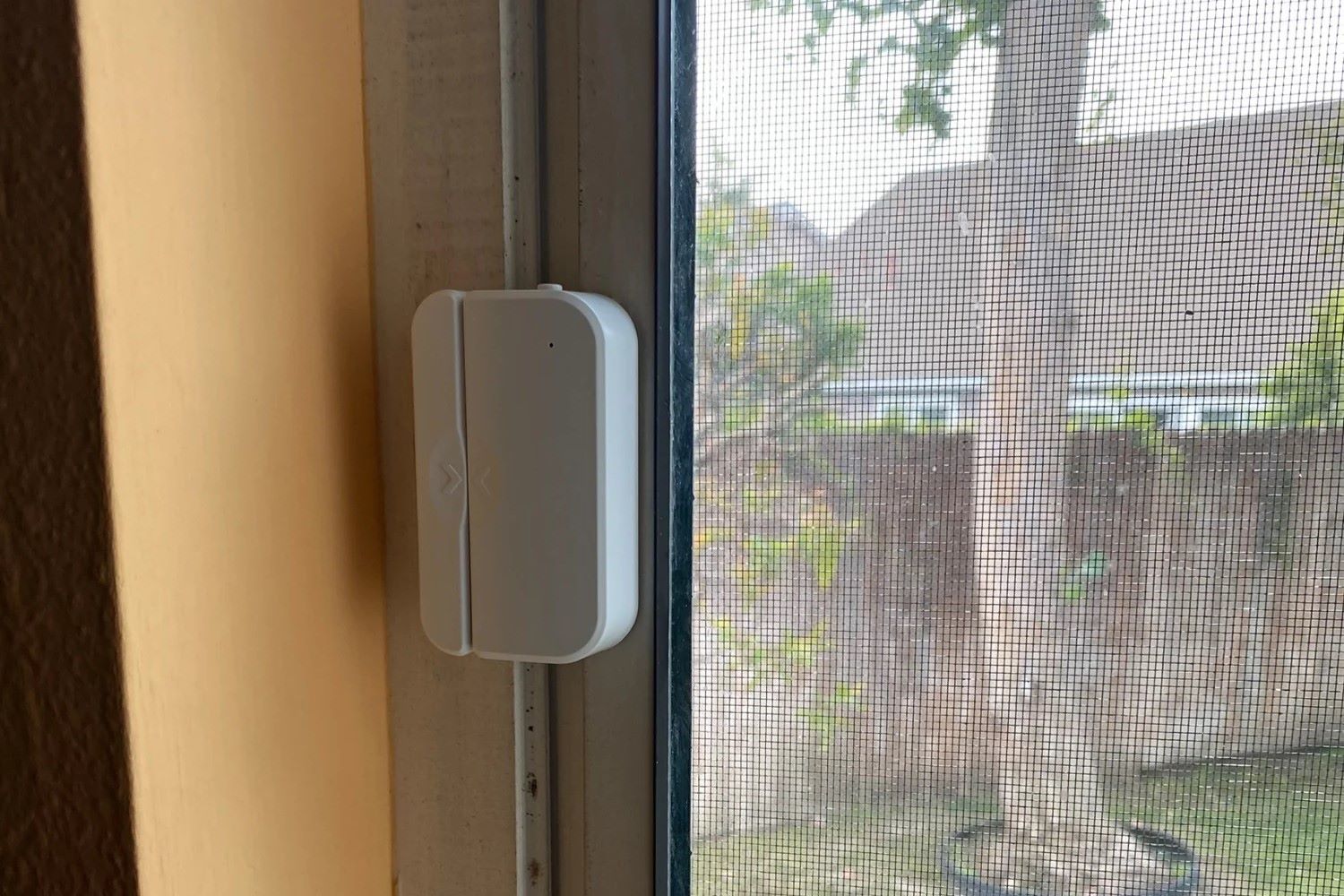

Ideas and Tips
Smart Window Sensor Installation for Enhanced Home Security
Published: September 18, 2024
Enhance your home security with smart window sensors. Learn their importance, types, and a step-by-step installation guide for optimal protection.
(Many of the links in this article redirect to a specific reviewed product. Your purchase of these products through affiliate links helps to generate commission for Storables.com, at no extra cost. Learn more)
In today's world, home security is a top priority for many homeowners. With the rise of smart home technology, installing smart window sensors has become an essential step in enhancing your home's security. These sensors not only provide an additional layer of protection but also offer convenience and peace of mind. In this article, we will delve into the importance of smart window sensors, how they work, and provide a step-by-step guide on how to install them.
The Importance of Smart Window Sensors
Smart window sensors are a crucial component in any comprehensive home security system. They play a vital role in detecting potential intruders and alerting homeowners to any unauthorized entry attempts. Here are some key reasons why smart window sensors are essential:
-
Detection of Intrusions: Smart window sensors can detect when a window is opened, triggering an alarm and notifying homeowners through their smartphones or smart home hubs. This immediate alert system helps prevent potential burglars from entering the home undetected.
-
Deterrent Effect: The presence of smart window sensors can serve as a deterrent to potential intruders. Knowing that the home is equipped with advanced security technology can discourage burglars from attempting to break in.
-
Convenience and Remote Access: Many smart window sensors come with mobile apps that allow homeowners to monitor their home's security from anywhere. This feature provides an added layer of convenience and peace of mind, especially for those who are away from home.
-
Integration with Smart Home Systems: Smart window sensors can be integrated with other smart home devices such as cameras, lights, and thermostats. This integration enables homeowners to create a cohesive and interconnected ecosystem that enhances overall home security and convenience.
Types of Smart Window Sensors
There are several types of smart window sensors available in the market, each with its own unique features and functionalities. Here are the three main types:
-
Contact Sensors:
- Functioning: Contact sensors consist of two parts, one placed on the window frame and the other on the windowpane. When the window is closed, the two parts are in contact with each other, creating an electrical circuit. If the window is opened, the contact breaks, leading to the sounding of the alarm.
- Installation: These sensors are typically easy to install and require proper alignment for optimal performance. They should be placed at each window, ensuring that the parts are securely attached to the frame and the windowpane.
-
Glass Break Sensors:
- Functioning: Glass break sensors are designed to detect the noise or shock produced when glass is broken. They are meant to pick up the different tones that correspond to the breaking of glass in case of break-ins.
- Installation: These sensors should be positioned close to windows or glass doors. Common positions include walls or ceilings up to 20 feet away from the glass surface.
-
Motion Sensors:
- Functioning: Motion sensors detect movement within a specific radius and trigger an alarm when an object is sensed. They are often used in conjunction with contact sensors to provide comprehensive protection.
- Installation: Motion sensors should be placed in rooms with windows, ensuring they have a clear view of the area around the windows. They can be installed in corner parts of the building or separate walls for optimal coverage.
How to Install Smart Window Sensors
Installing smart window sensors is a straightforward process that can be completed with basic tools and minimal technical expertise. Here’s a step-by-step guide:
Tools Needed
- Screwdriver
- Marker
- Measuring tape
- Surface level tool
- Sticky tape (for adhesive sensors)
Installation Steps
-
Clean the Area: Clean the areas where you want to place the sensors to ensure a smooth installation process. Mark the holes with a marker where you plan to drill.
-
Drill Holes: If necessary, drill holes for the screws or adhesive. This step is crucial for ensuring that the sensors are securely attached.
-
Install Sensors: Place the sensors on the walls or ceilings within proximity to the windows. For contact sensors, attach one part to the window frame and the other to the windowpane. For glass break sensors, position them close to the glass surface. For motion sensors, install them in optimal areas where they can properly function.
-
Secure Sensors: Fasten the sensors using screws or double-sided tape. Ensure that any installed sensor is properly mounted and operational.
-
Test Sensors: Check each sensor to ensure it is working correctly. Test the sensors by opening and closing the windows to verify that the alarms are triggered properly.
-
Integrate with Smart Home System: If your smart window sensors are compatible with your existing smart home system, integrate them through your central hub or mobile app. This will allow you to manage your home's security and automation features from one platform.
Benefits of Smart Window Sensors
Smart window sensors offer numerous benefits that enhance home security and convenience:
-
Enhanced Security: The primary benefit of smart window sensors is enhanced security. They provide real-time alerts whenever a window is opened, helping to prevent potential intruders from entering the home undetected.
-
Convenience: Many smart window sensors come with mobile apps that allow homeowners to monitor their home's security remotely. This feature provides an added layer of convenience and peace of mind, especially for those who are away from home.
-
Integration with Other Devices: Smart window sensors can be integrated with other smart home devices such as cameras, lights, and thermostats. This integration enables homeowners to create a cohesive and interconnected ecosystem that enhances overall home security and convenience.
-
Peace of Mind: The presence of smart window sensors can provide homeowners with peace of mind knowing that their home is protected against potential intruders.
-
Deterrent Effect: The presence of smart window sensors can serve as a deterrent to potential intruders. Knowing that the home is equipped with advanced security technology can discourage burglars from attempting to break in.
Popular Brands for Smart Window Sensors
Several brands offer high-quality smart window sensors that are compatible with various smart home systems. Here are some popular brands:
-
Arlo: Arlo offers a range of smart home security systems including window sensors that integrate seamlessly with their All-in-One Sensors. These sensors detect motion, open/close events, and can be paired with additional sensing functions like glass break detection.
-
SimpliSafe: SimpliSafe provides a variety of smart home security systems including window sensors that are easy to install and integrate with their central hub. Their sensors come with features like contact detection and motion sensing.
-
Ring: Ring offers smart home security systems that include window sensors which integrate well with their smart doorbells and other security devices. Their sensors provide real-time alerts and can be controlled through the Ring app.
-
ADT: ADT provides comprehensive home security solutions including window sensors that are part of their professional monitoring services. Their sensors come in different varieties including contact, glass breakage, and motion sensors.
Conclusion
Smart window sensors are an essential component in any comprehensive home security system. They provide real-time alerts, enhance security, offer convenience through remote access, and integrate seamlessly with other smart home devices. By following the step-by-step guide provided in this article, homeowners can easily install smart window sensors and enjoy enhanced peace of mind knowing that their home is protected against potential intruders.
In conclusion, smart window sensors are not just a luxury but a necessity for modern homeowners who value their safety and security. With the advancements in technology and the increasing popularity of smart home automation systems, installing smart window sensors is one of the best decisions you can make to protect your home and loved ones.
Additional Tips for Enhanced Home Security
While smart window sensors are a significant step towards enhancing home security, there are several additional tips that homeowners can follow to ensure their home remains secure:
-
Install Security Cameras: Installing security cameras around the perimeter of your home can serve as an additional deterrent to potential intruders. These cameras can provide real-time footage of any suspicious activity and help identify potential threats.
-
Use Yard Signs: Displaying yard signs indicating that your home is protected by a security system can deter potential burglars. These signs often feature logos or branding from reputable security companies.
-
Keep Valuables Out of Sight: Keeping valuable items out of sight reduces the temptation for potential intruders. This includes keeping jewelry, electronics, and other valuable items in secure locations.
-
Regularly Test Sensors: Regularly testing your smart window sensors ensures they are functioning correctly and provides peace of mind knowing that your home is protected.
-
Integrate with Professional Monitoring Services: Integrating your smart window sensors with professional monitoring services like ADT or Vivint provides an added layer of protection. These services offer 24/7 monitoring by trained professionals who can dispatch emergency services in case of an alarm trigger.
By combining these tips with the installation of smart window sensors, homeowners can create a robust and comprehensive home security system that provides peace of mind and protects their property and loved ones.
In summary, smart window sensors are an essential tool in modern home security systems. They offer real-time alerts, enhance security, provide convenience through remote access, and integrate seamlessly with other smart home devices. By following the steps outlined in this article and considering additional tips for enhanced security, homeowners can ensure their home remains protected against potential intruders.
Was this page helpful?
At Storables.com, we guarantee accurate and reliable information. Our content, validated by Expert Board Contributors, is crafted following stringent Editorial Policies. We're committed to providing you with well-researched, expert-backed insights for all your informational needs.
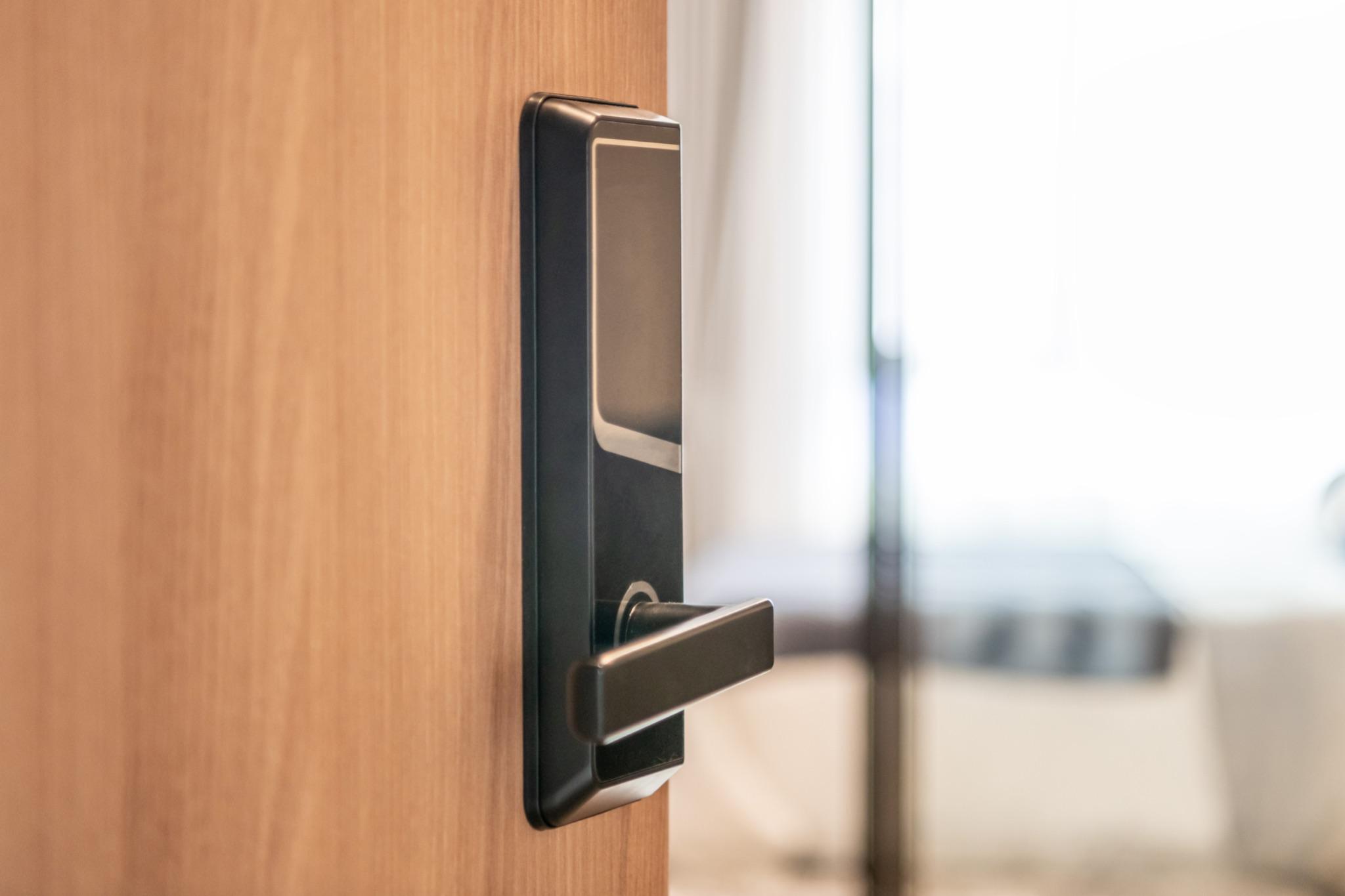
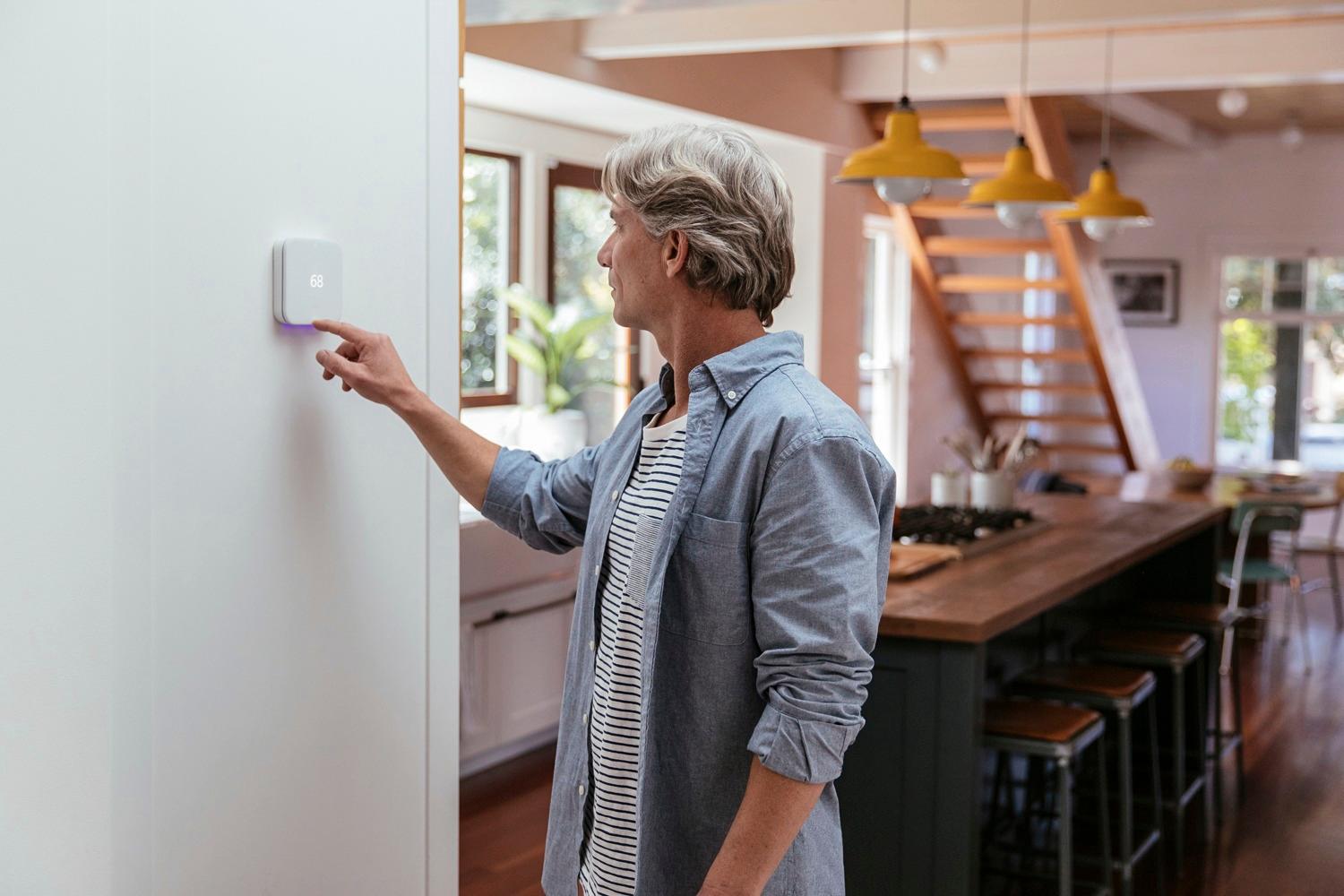
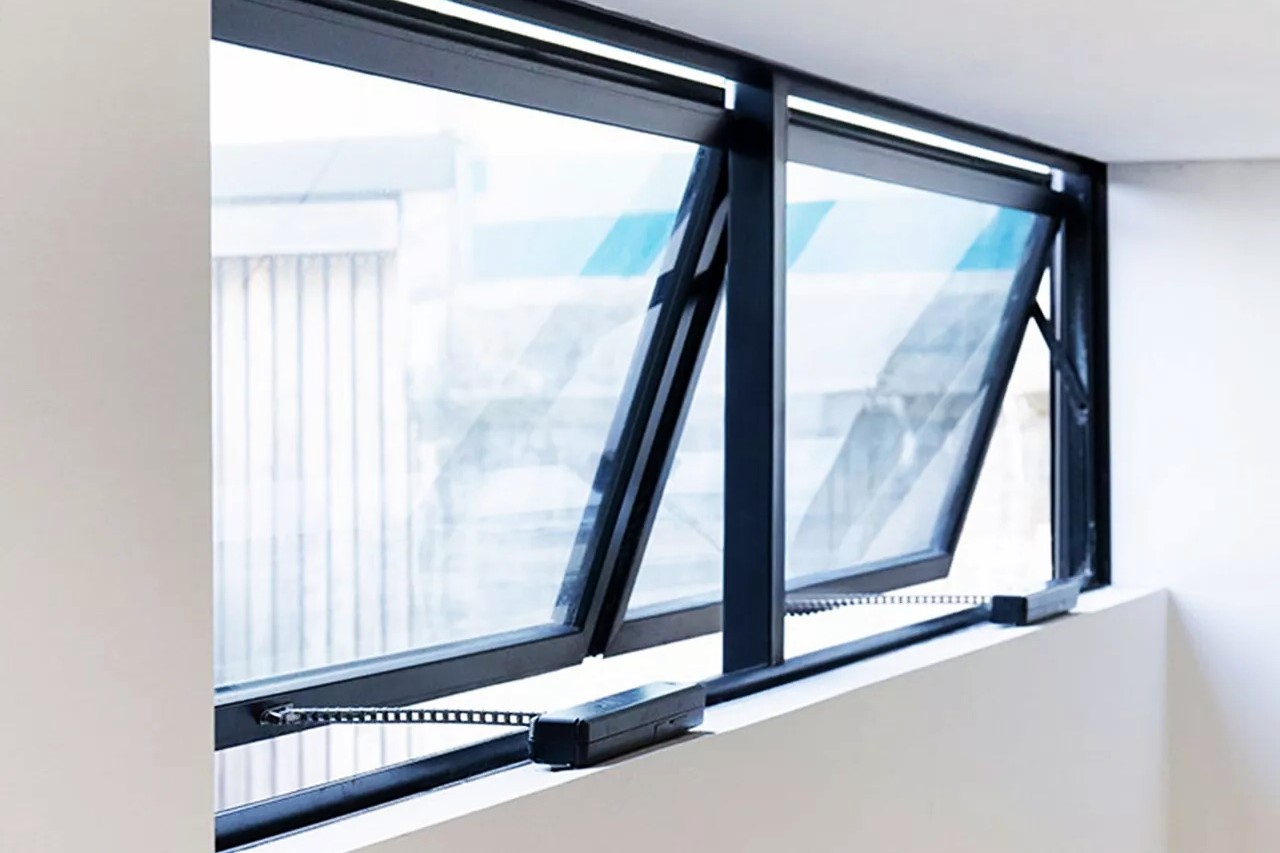
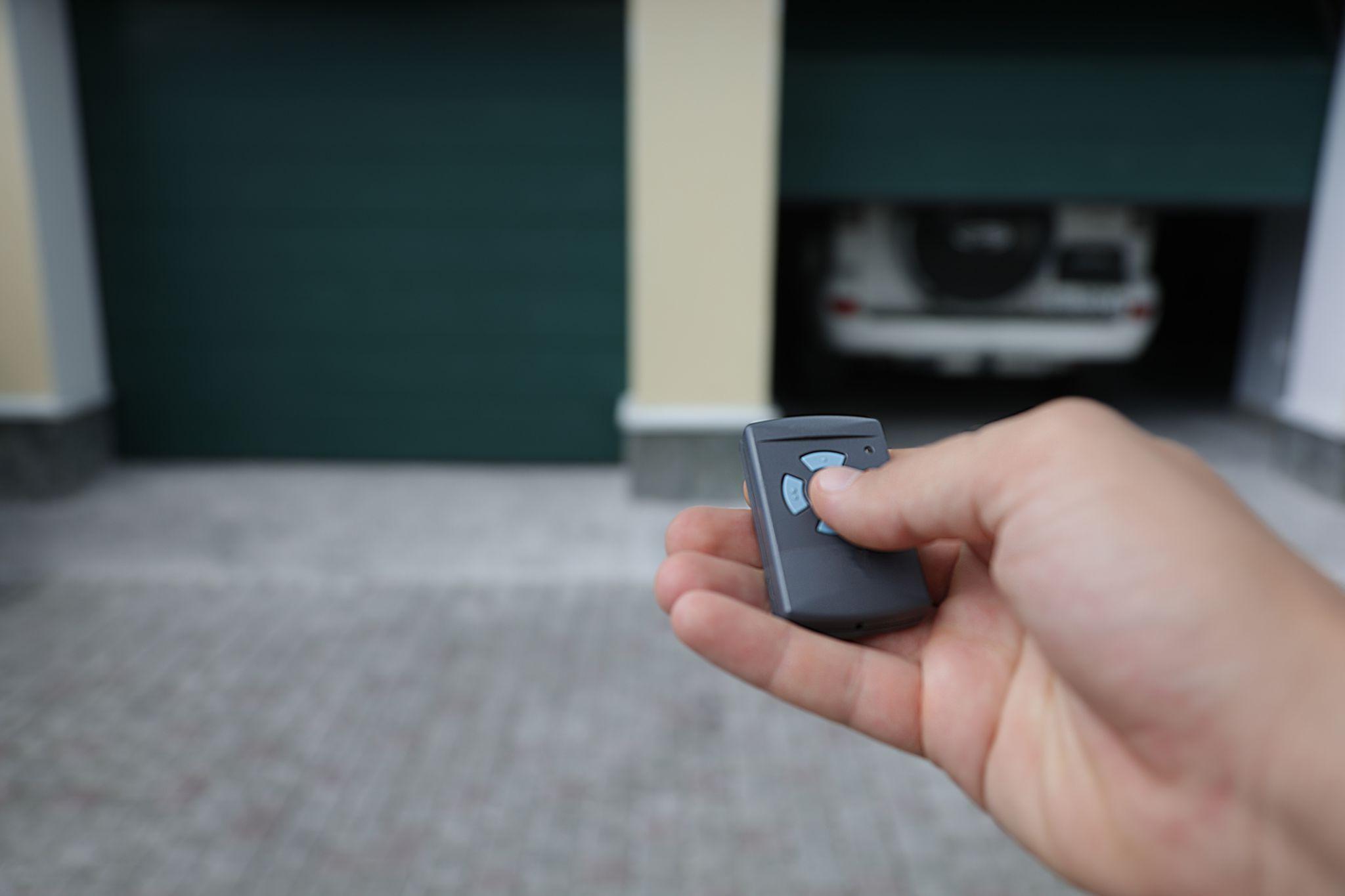
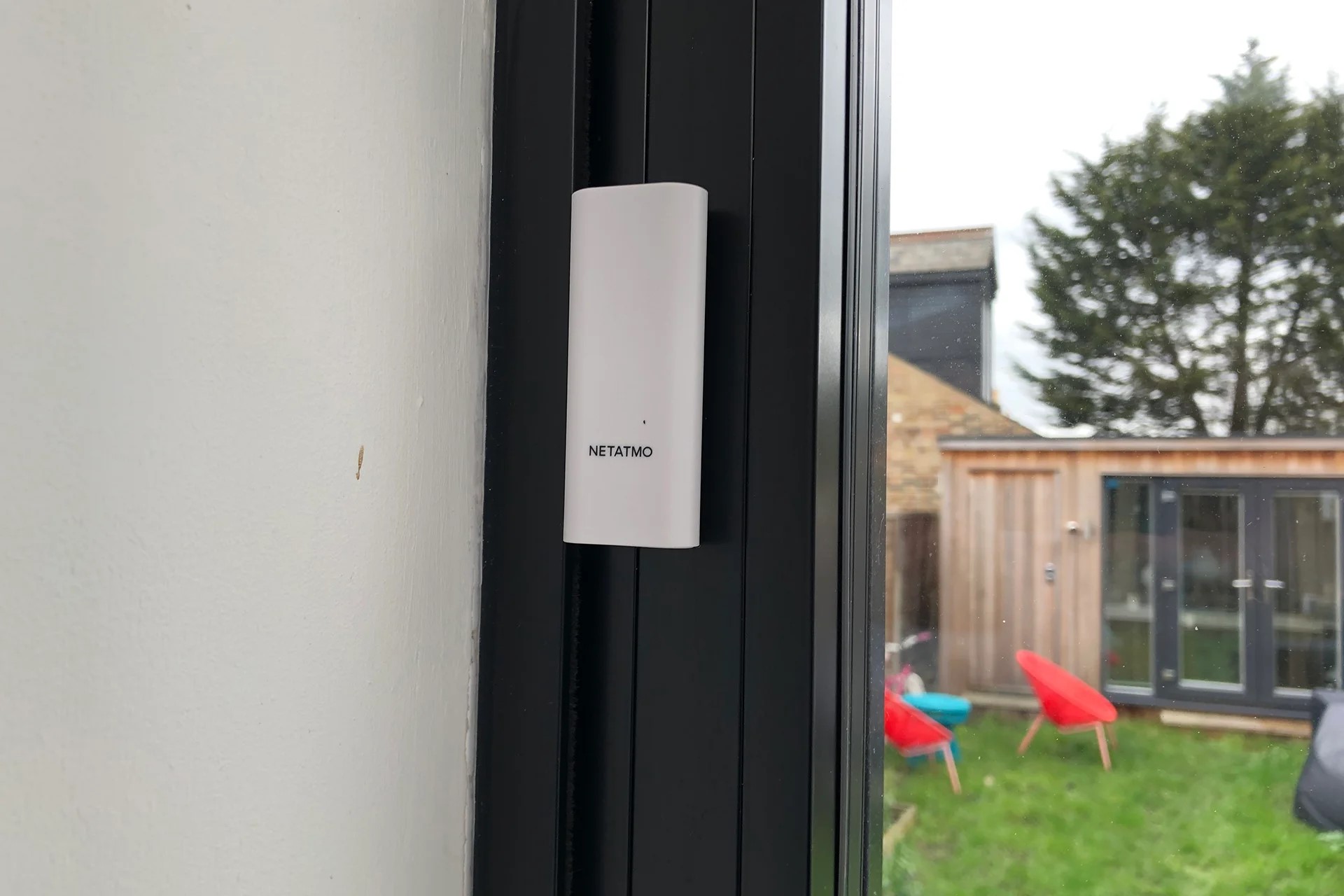

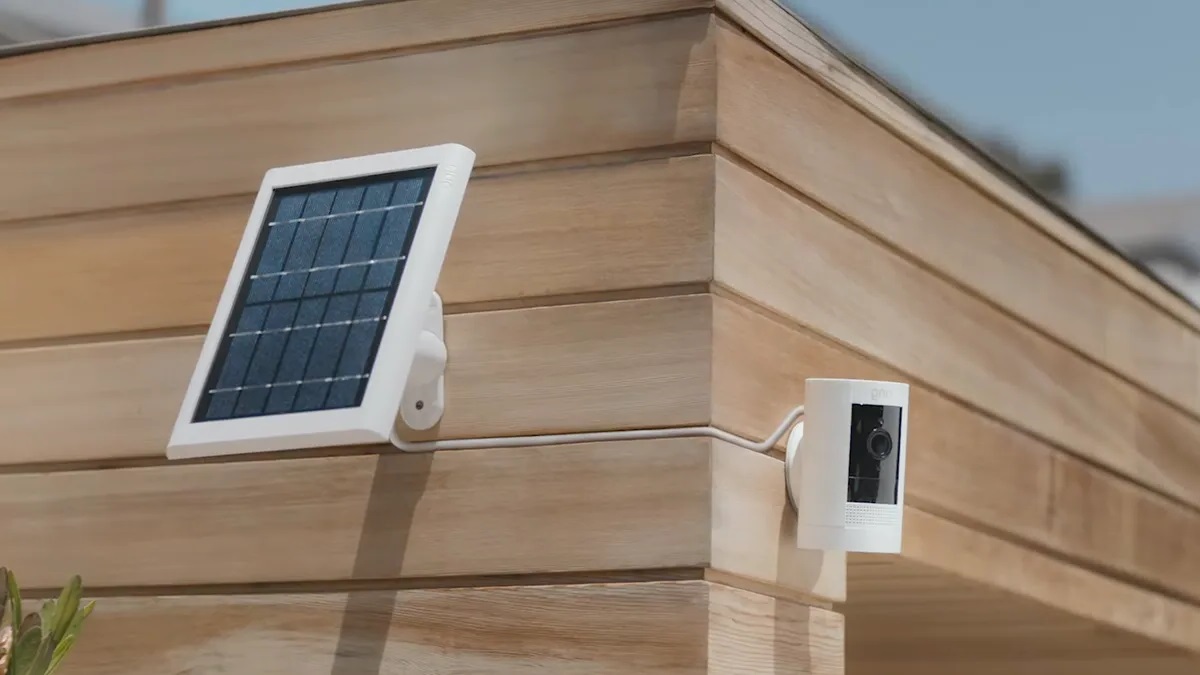
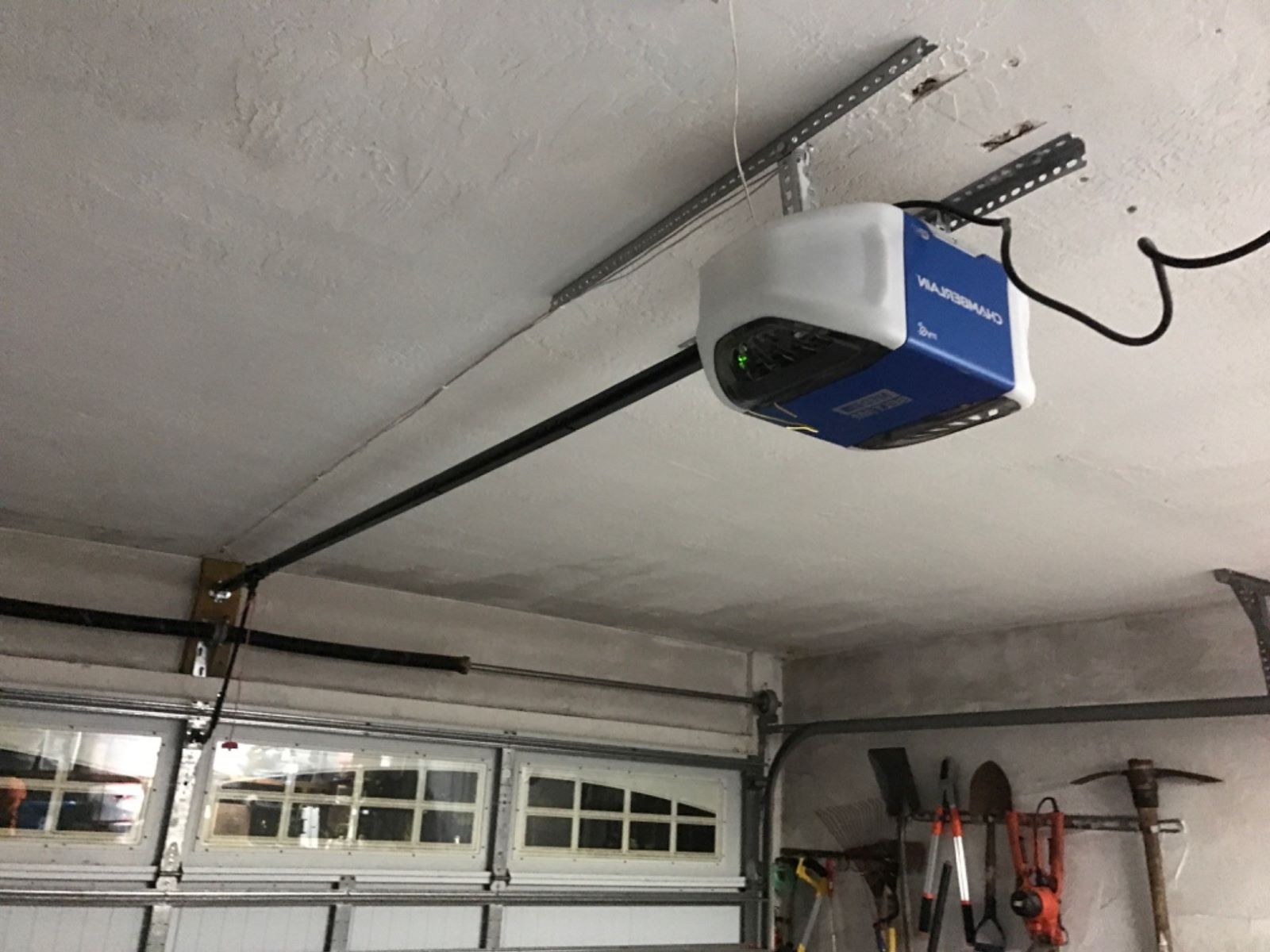
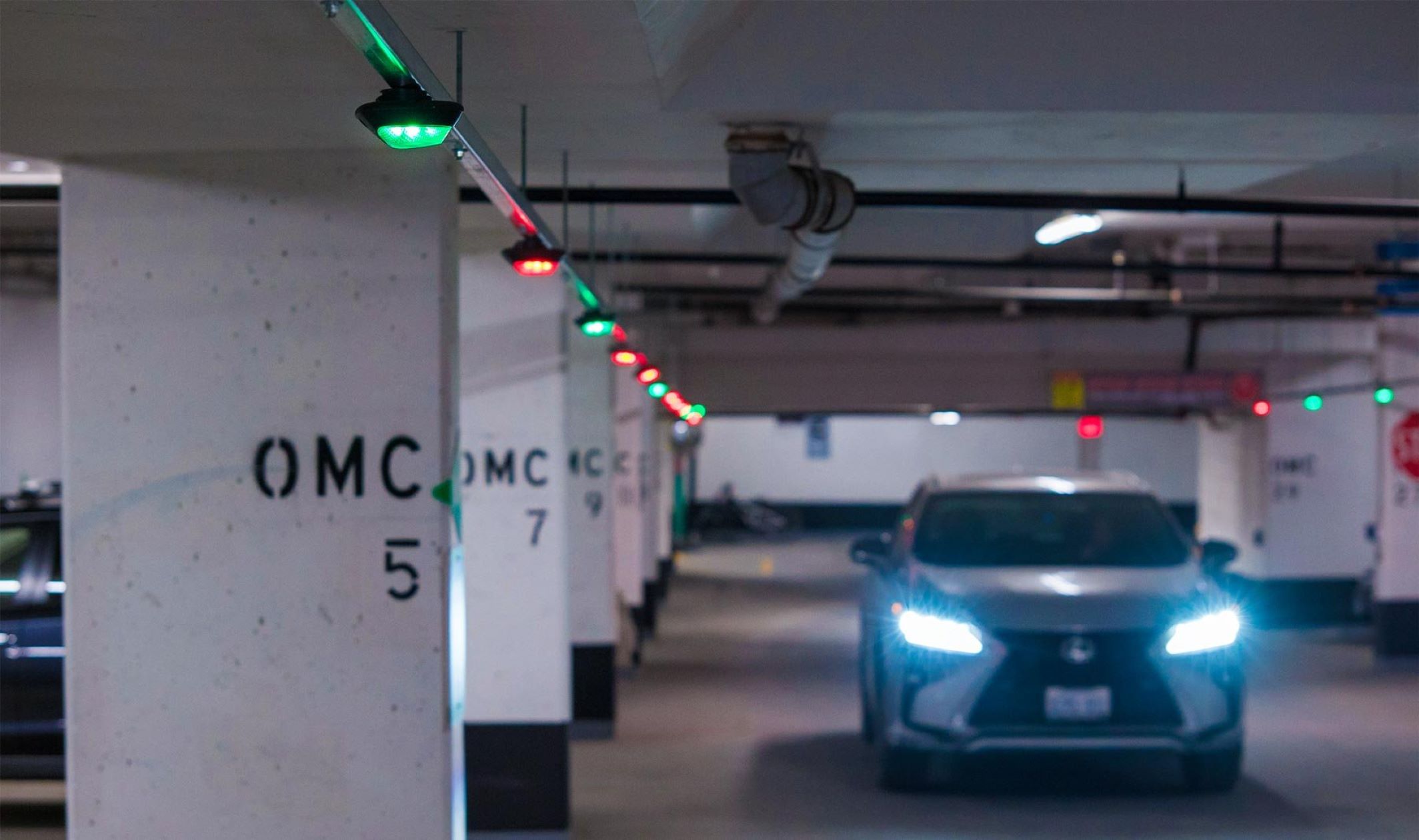
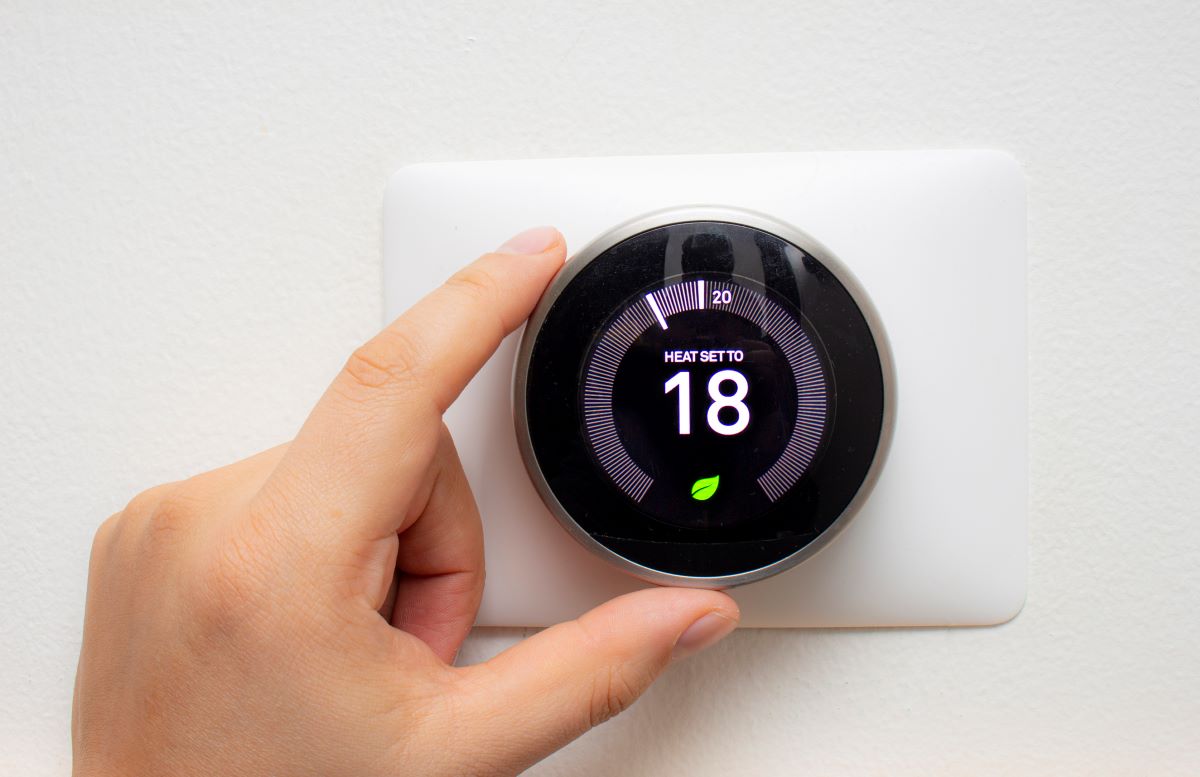
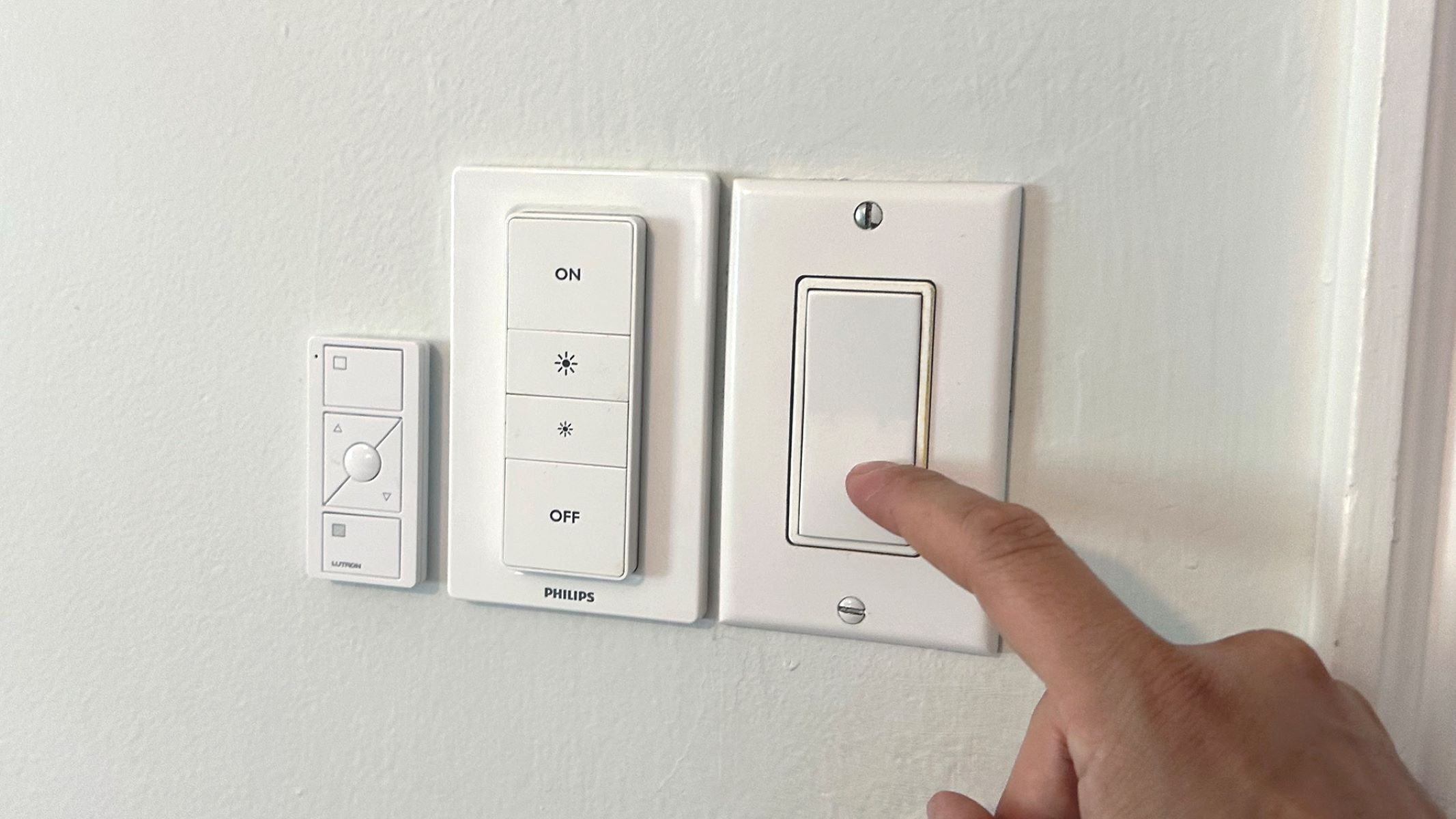
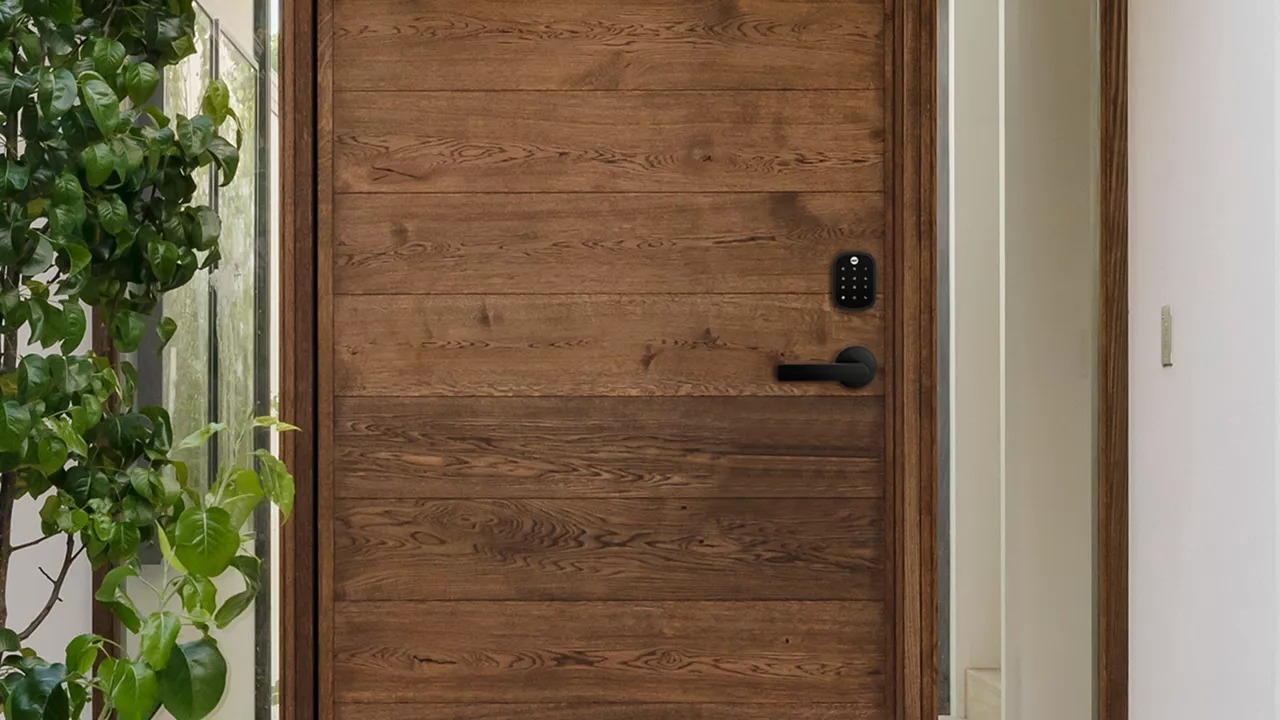
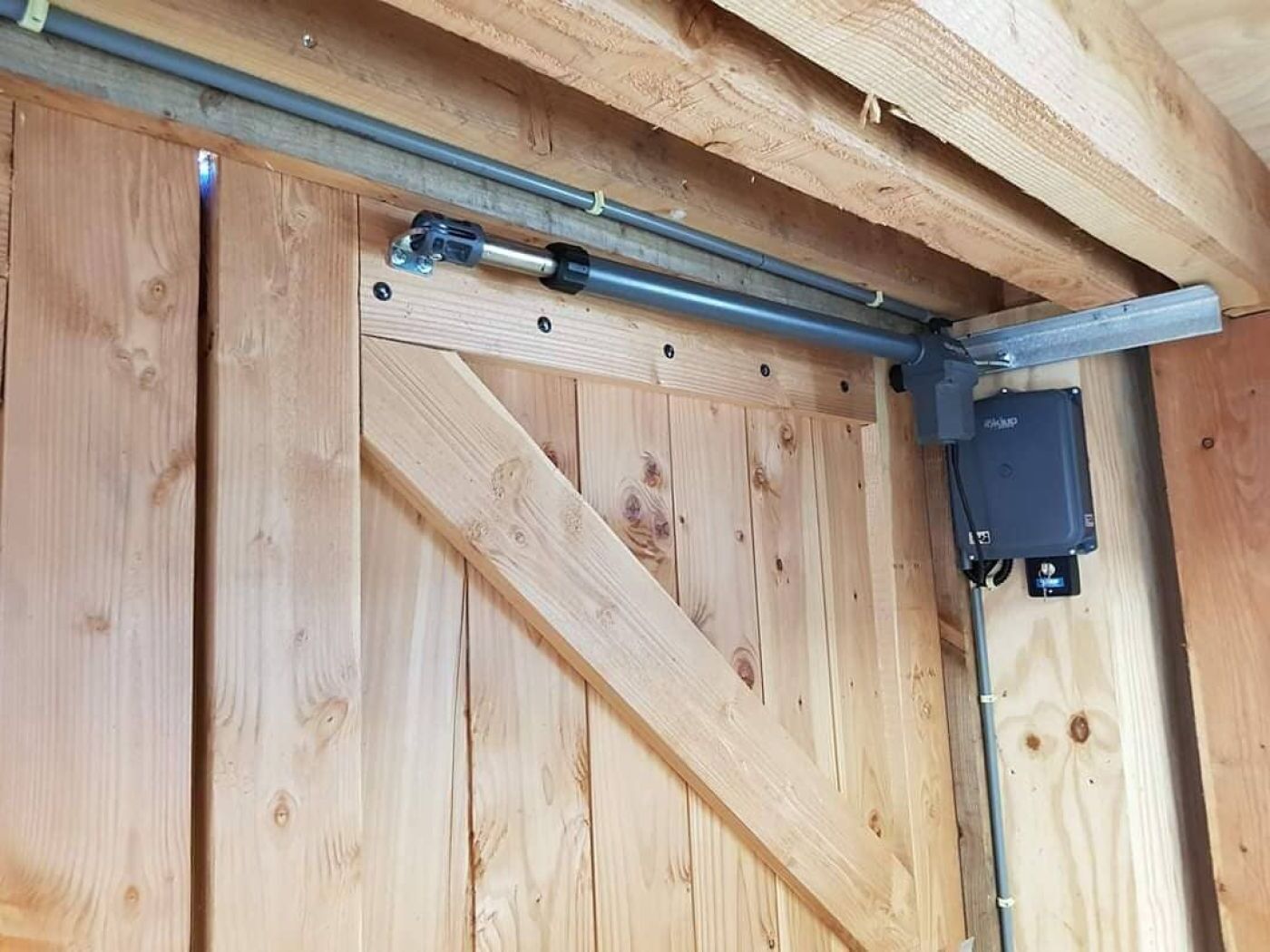
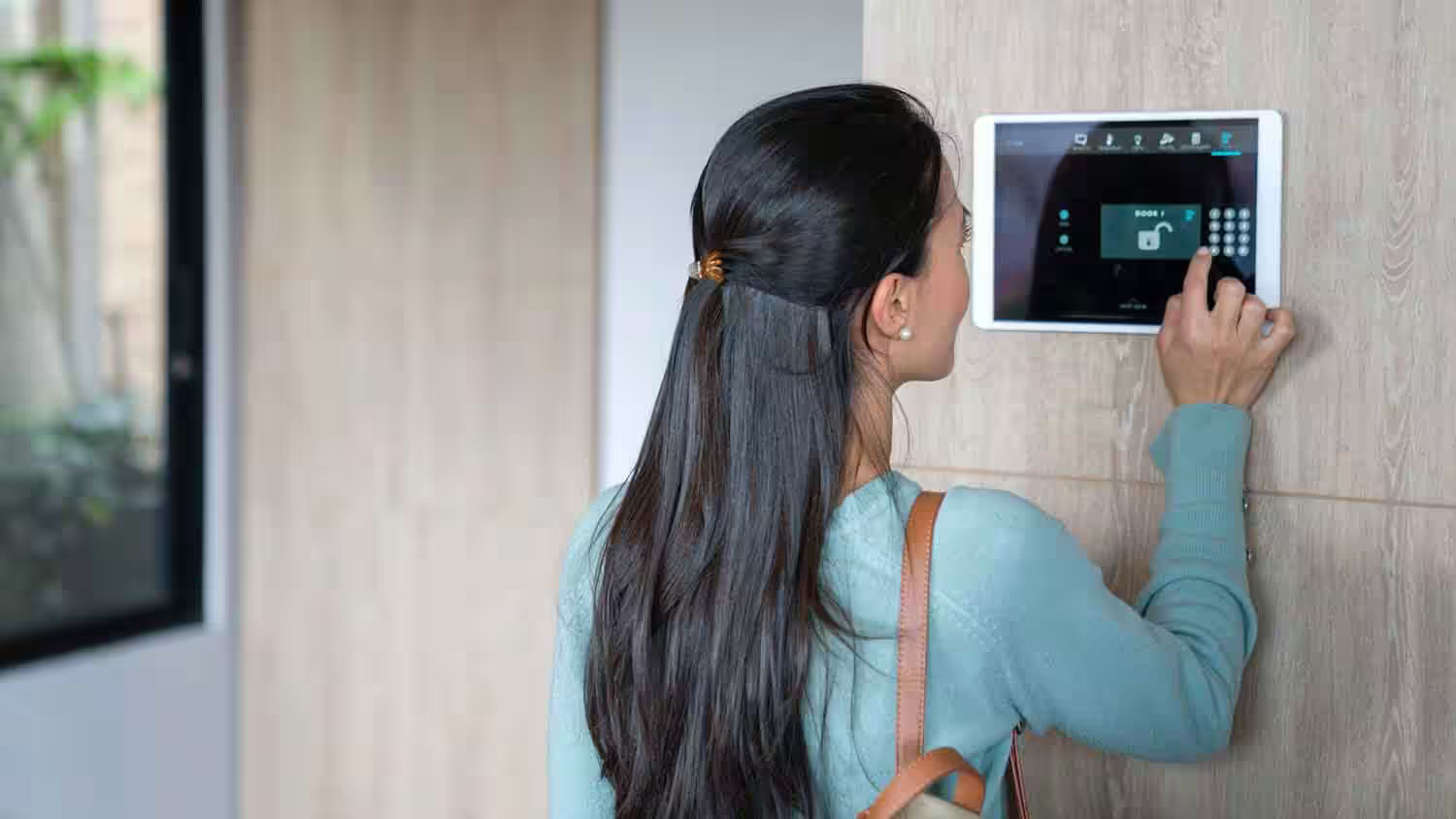

0 thoughts on “Smart Window Sensor Installation for Enhanced Home Security”